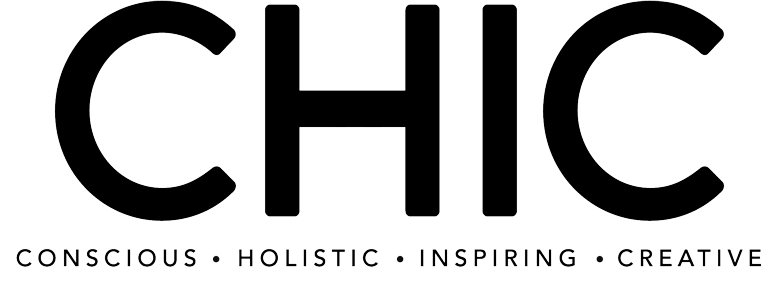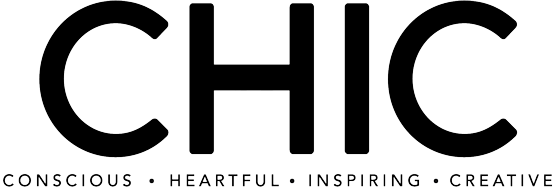CL Yachts – The newest name in Yachting is over a century old
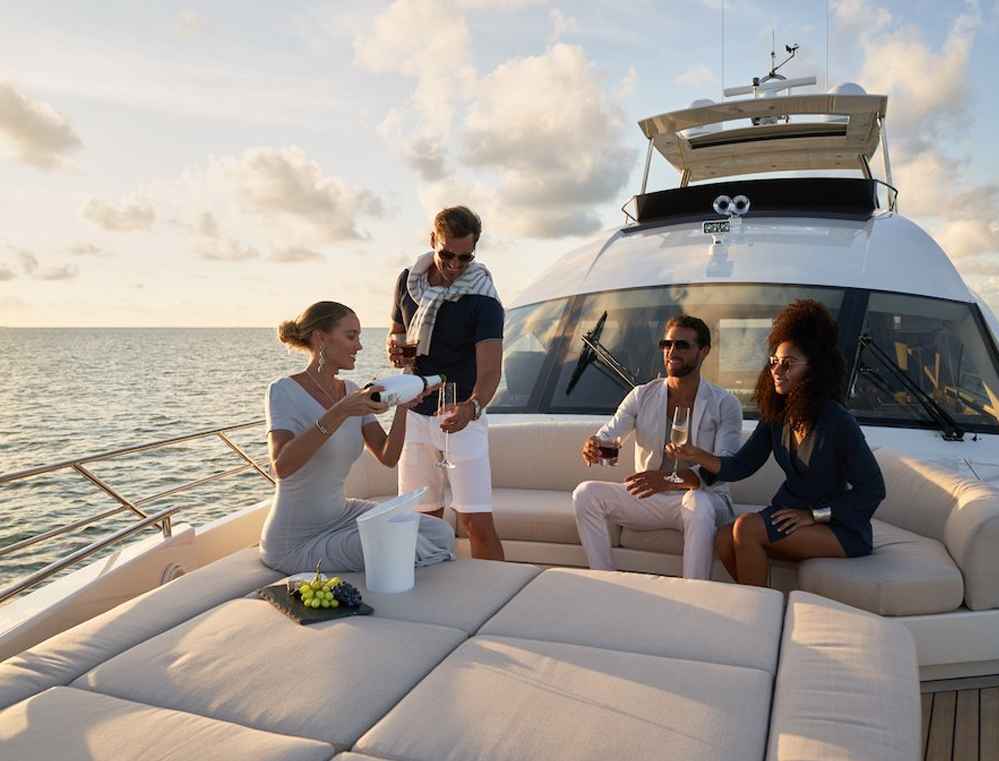
CL Yachts – The newest name in Yachting is over a century old
Shipbuilding is the only profession my family has ever known. My grandfather was a shipbuilder, and his grandfather before him was one as well. I represent the 5th generation of this family in an unbroken line of shipbuilders.
“The newest name in Yachting is over a century old”
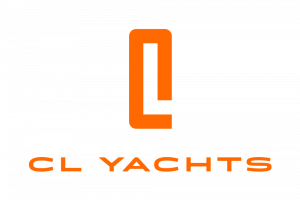
Stories from my grandfather’s memoirs tell of his grandfather, who joined the crew of a British merchant ship where he served many years at sea. He gained much experience as a sailor during this time, and learned to speak English as well.
Eventually he returned to China and started his own repair yard in Shanghai, where he was able to offer repair and service to foreign ships due to his ability to speak English, which as a Chinese man in the 1870s, was a rare commodity. His son carried on this tradition and eventually passed on the trade to his own son in turn, my grandfather. My grandfather was a product of his time, and in his time, there was war. During World War II, he was forced to move operations from Shanghai to the then British colony of Hong Kong to evade Japanese occupation. His part in the war effort was to build powered cargo vessels to outrun the Japanese blockade.
After the war, he diversified into the production of teak sailing yachts, and eventually, motor yachts, primarily for the US Market. Many of these teak sailing yachts, built in the 50s and 60s, are still sailing even now; a testament to the quality of construction that continues to define our products today.
Our company was one of the first to ever build ships using fiberglass. We were pioneers in the development, testing, and use of this material, and we have literally written the manual that certain classification societies abide by today when it comes to fiberglass layup techniques. In 1977, we built the largest fiberglass motor yacht the world had ever seen, the 130’ Shango II. In 1979, we built the first ever all foam cored production motoryacht, the Cheoy Lee 48’ Sport Yacht. Foam cored hulls are now standard practice in the yachting industry.
In my grandfather’s heyday, 90% of our products were built for the pleasure craft industry, but since then, we have diversified further into commercial vessels as well. The strength of our manufacturing yard today is its ability to construct hulls not only in fiberglass, but also aluminum and steel, and with over a century of experience, there are few shipyards in the world that can match our capabilities.
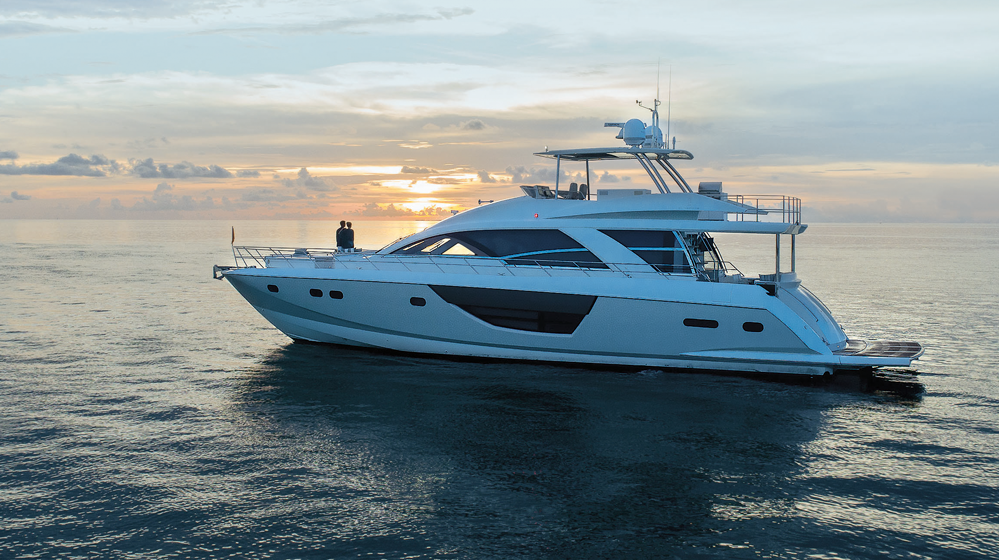
Hans, when did your passion for yachts was born and can you describe the transition from Cheoy Lee to CL Yachts?
In my generation, the shipyard has diversified far beyond pleasure craft, and we are now known for numerous commercial vessels, for example: tugboats, offshore supply vessels, patrol boats, and ferries, to name a few. However, the pleasure craft industry is and always has been the core of our passion. Yachts are our heritage, and CL Yachts represents a re-dedication to this industry, marking a new era in the history of Cheoy Lee.
It was important to us that this change went down to the philosophy of the company itself, so we examined what was important to us, and came to a conclusion. Our vision is to create timeless yachts that power the desire for adventure. We want to be a part of creating these treasured experiences that only a life well lived can offer.
How do you manage to keep the heritage of Cheoy Lee present in your new brand? At the same time, how do you make CL Yachts the focus for the future?
In our case, being a family business, keeping the heritage of Cheoy Lee present in CL Yachts is simple. The CL in CL Yachts of course stands for Cheoy Lee, and it serves as a reminder of where we came from, and the long road paved by those who came before us. The values of Cheoy Lee is inherent in our product itself: the quality of construction, the reliability of our craft, and the seaworthiness of our vessels are what we have always been known for. We want our future customers to make these same associations when they think of CL Yachts as they made for Cheoy Lee. With a business as old as ours, heritage comes naturally.
In our case, the focus on the future is more challenging. CL Yachts is a means to present ourselves to a new generation of clientele, and we are catering not only the aesthetics of the brand, but also the philosophy, and the change needs to go all the way down to the design of our products. We’re working with a design studio in Milan, and they are tackling our future with a holistic approach that will bring this change for both the brand and the product.
Carmen, could you share what is it like to work with your husband Hans? What are the biggest pleasures from this collaboration?
I had been working as an interior designer for more than a decade. When I was asked by my husband and his family to help design some interiors for their yachts, I was a little hesitant at first. I knew that Hans and I worked together as a couple, but did not know how that dynamic could change if we were to work together in a professional atmosphere. As an outsider, I had experience with yachts, having gone with Hans to various boat shows throughout the years, but as an insider, I needed to quickly learn the ropes.
The biggest challenge when it comes to yacht design is the limited amount of space you work with; Hans helped me navigate the role while also giving me complete creative freedom. He had confidence in me and I could also turn to him for honest feedback. It turned out to be a great collaboration and the best part is knowing that the strength of our relationship takes us to the workplace as well!
 As a power couple, have you experienced any difficulties by working together? If so, how do you overcome them?
As a power couple, have you experienced any difficulties by working together? If so, how do you overcome them?
We’ve been together for over a decade, having started dating since our college days. In that time, we’ve become well versed in each other’s strengths and weaknesses. Carmen and I have quite different personalities, and quite often she’s able to make up in areas where I’m having difficulty. There are of course times when we have trouble separating work life from our home life, and this is one of those things that we have to actively keep in mind. It can be difficult to remain objective considering that we’re emotionally invested in each other. However, I believe in the duality of how one’s greatest strength is also one’s greatest weakness. If this is true, than the opposite must also be true. In our case, while it may be difficult at times to work together as a couple, it is also what provides strength in not just our workplace, but our relationship as well.
What is your professional advice to other couples working together that can take them to their next level?
Be patient with one another. It’s easy to take each other for granted, given the relationship you have as husband and wife. However, the opposite is true. We have to be more thankful and more grateful to each other than ever before. Our strength as a couple allows us to do so much more than as individuals, a strength that wouldn’t be possible without the love we have for one another. So we remind each other of this love, by taking the time to show our gratitude.
For more information about our vessels, please contact ut to:
